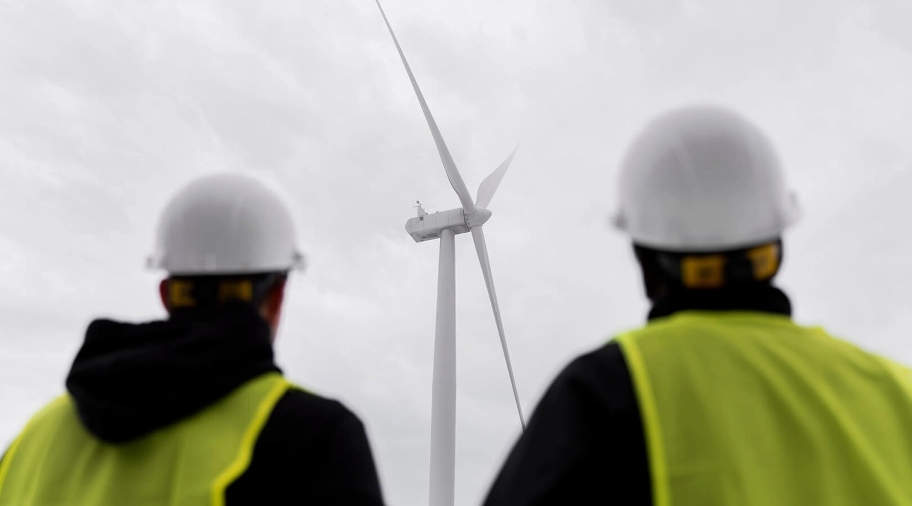- Renewable energy market
Renewable energy market situation
The renewable energy market
Firstly

Secondly
The recent global energy crisis has added urgency to the need to accelerate the clean energy transition and highlighted the key role of the renewable energy market. Pre-crisis policies led to faster growth in updated forecasts for renewable electricity. In particular, wind and solar PV have the potential to reduce the EU’s dependence on natural gas. However, the potential impact of the new targets announced following the Russian invasion of Ukraine on the 2023 forecasts depends on the rapid implementation of policies.
In 2021, annual additions to renewable capacity reached a record, up 6 percent to nearly 295 GW, despite challenges caused by the pandemic, construction delays, and high feedstock prices. In the coming years, solar PV and wind costs are expected to remain higher than pre-pandemic levels due to high feedstock and transportation prices.

However, the competitiveness of these sources is improving due to more significant increases in natural gas and coal prices.
Anyway, with no new timely policies, growth will hold steady in 2023 as the expansion of solar PV cannot fully offset the decline in hydropower and constant wind additions.
Globally, forecasts for renewable capacity additions in 2023 have been revised upward by 8 percent, thanks to strong policy support in China, the European Union and Latin America, despite downward revisions to forecasts in the United States.
While market uncertainties present challenges, there is a new focus on energy security, especially in the European Union, which is driving an acceleration of efficiency.

Climate change and clean energy transition
The risk of climate change involves the possibility that climate changes in the short, medium, and long term may have impacts on NatPower’s business with economic/financial consequences in terms of (some examples): decreased availability of renewable resources (water, wind, and sun).
NatPower is committed, through its targets of investment in “zero emission” green technologies and in particular in wind and in solar power, to providing its contribution to the fight against climate change.

